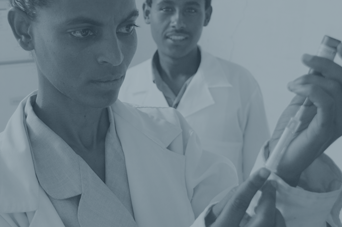Treatment of Possible Nonoccupational HIV Exposure
Post-exposure prophylaxis (PEP) is the use of antiretroviral medication to prevent HIV infection in an HIV-negative person who has had a specific high-risk exposure to HIV. Such exposure typically occurs through sex or sharing syringes (or other injection equipment) with someone who has or might have HIV. PEP initiation should be considered in people whose vagina, rectum, eye, mouth or other mucous membrane, nonintact skin, or perforated skin (e.g., needle stick) comes into contact with body fluids from a person with HIV, as long as exposure has occurred within a 72-hour window. See the Figures below for two options of a 28-day course of a three-drug antiretroviral regimen. IPH is located at 9053 Woodward Ave, Detroit, Monday to Friday, 8:30 AM to 4:00 PM. Call 313-309-9350 ext. 2 for more information on HIV testing, PrEP, and PEP

https://www.cdc.gov/hivnexus/media/pdfs/2024/04/cdc-lsht-prevention-brochure-pep-faq-provider.pdf
https://hivinfo.nih.gov/understanding-hiv/fact-sheets/post-exposure-prophylaxis-pep
https://www.cdc.gov/hiv/pdf/library/consumer-info-sheets/cdc-hiv-consumer-info-sheet-pep-101.pdf
https://www.cdc.gov/hiv/prevention/pep.html?CDC_AAref_Val=https://www.cdc.gov/hiv/basics/pep.html
https://www.cdc.gov/hiv/prevention/pep.html





